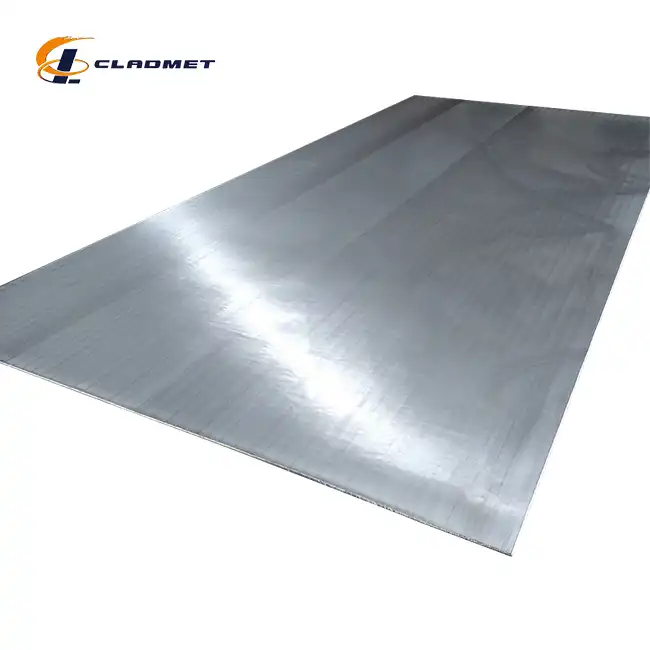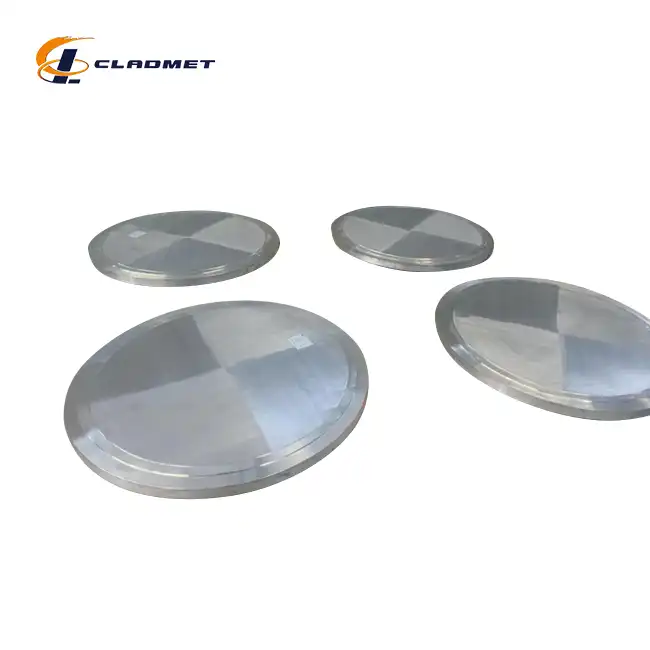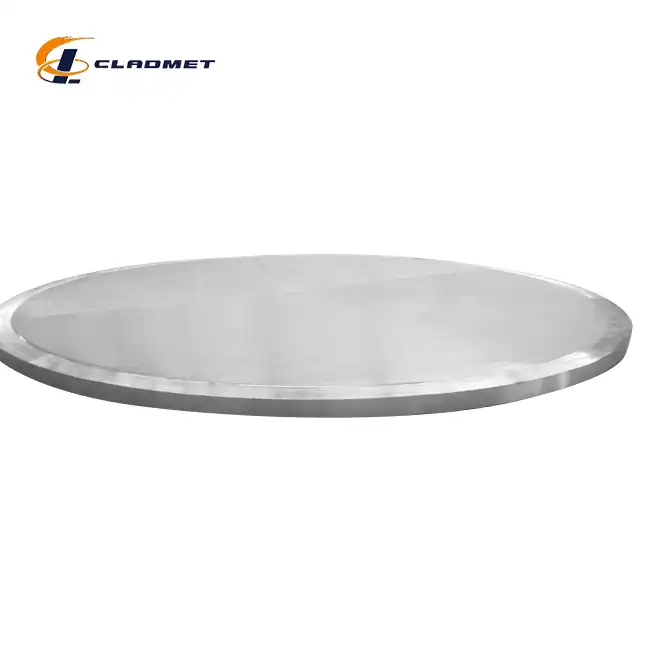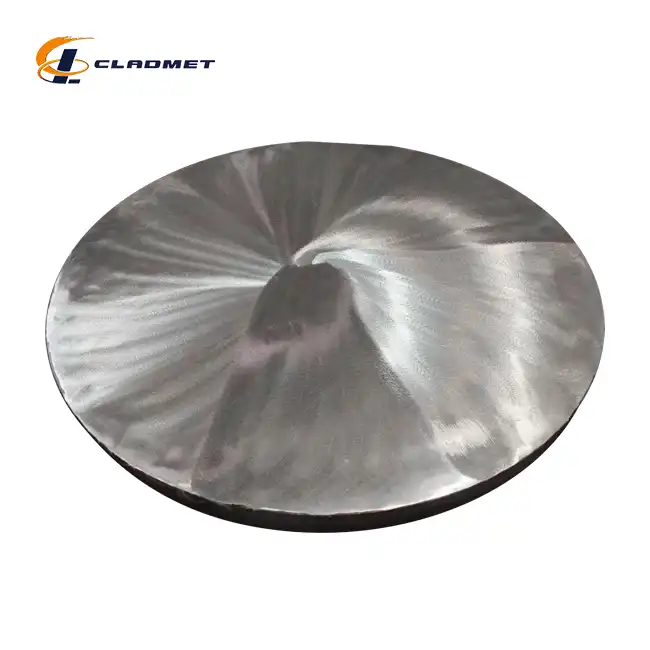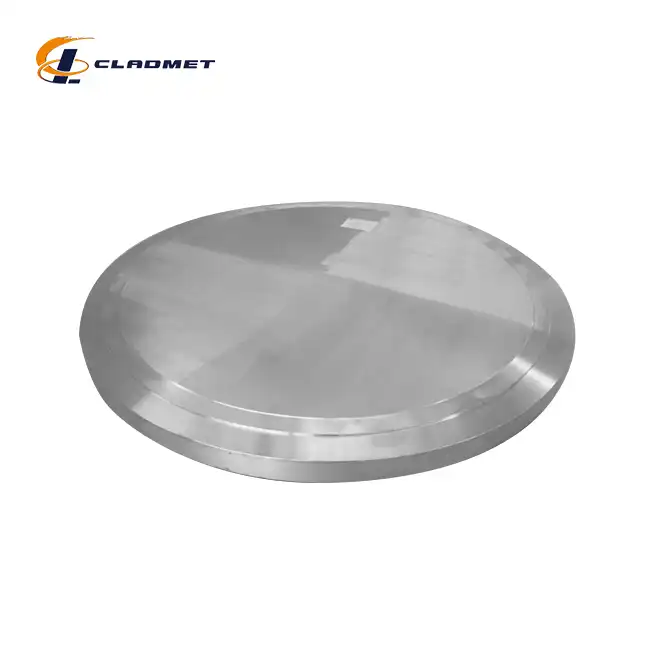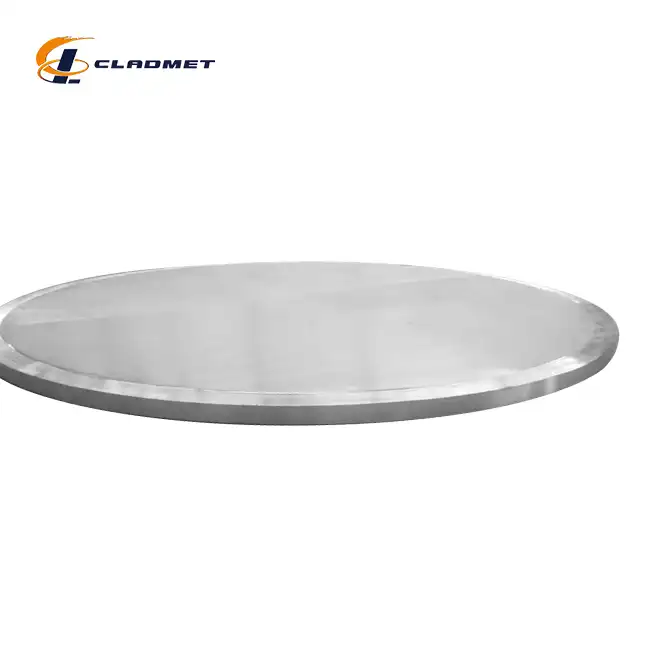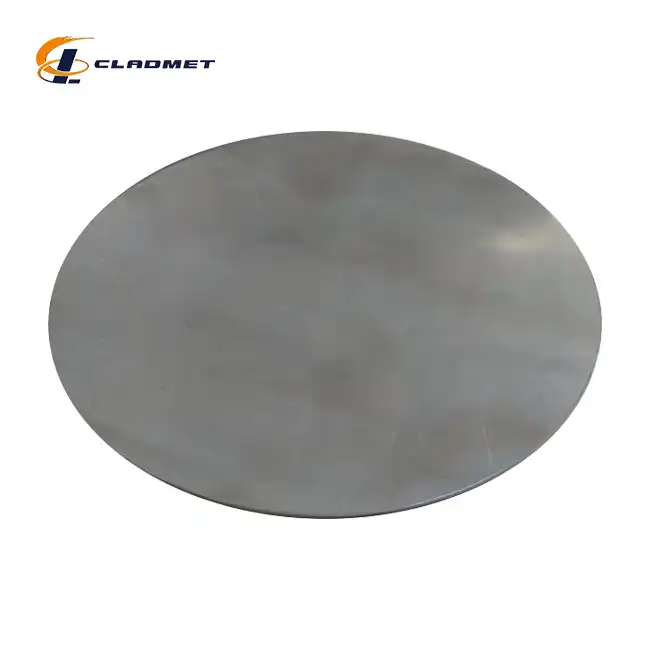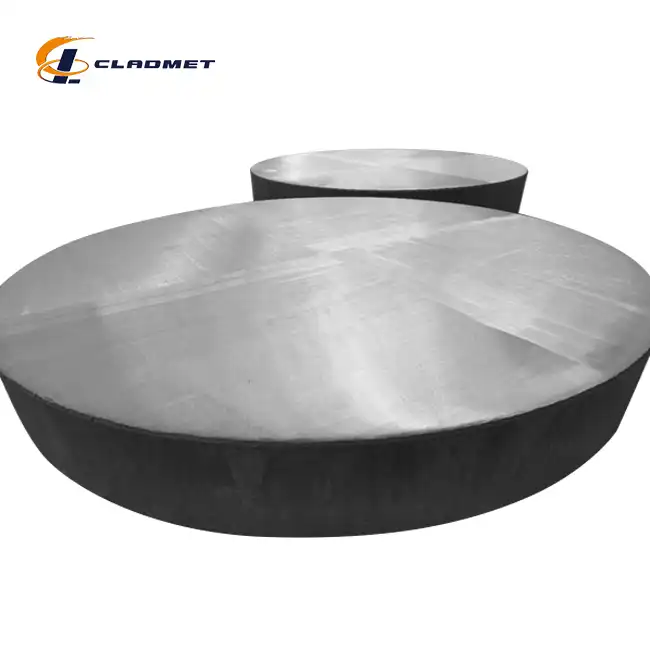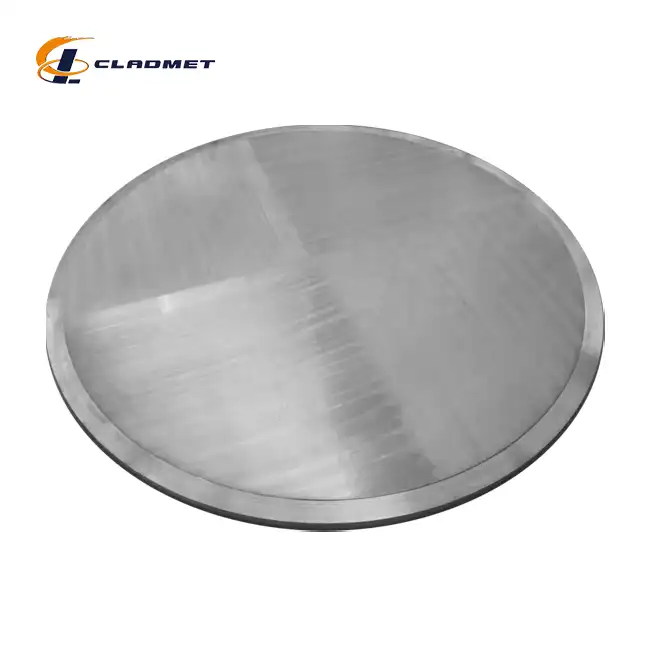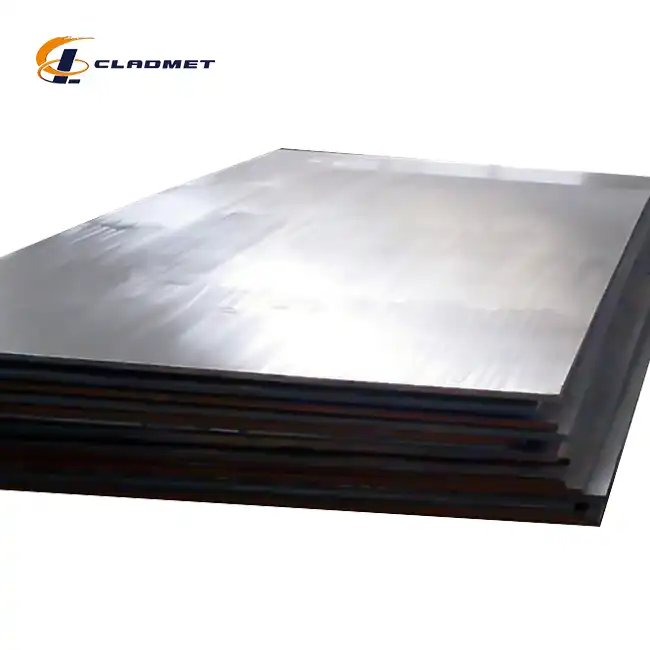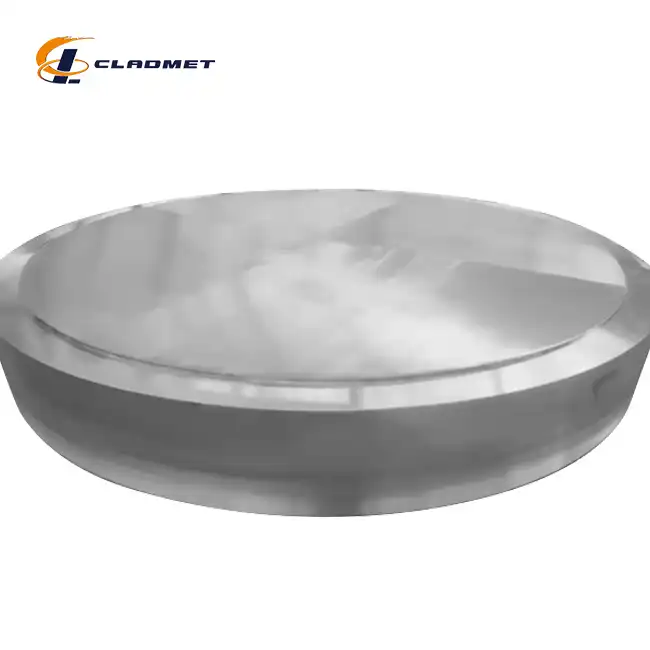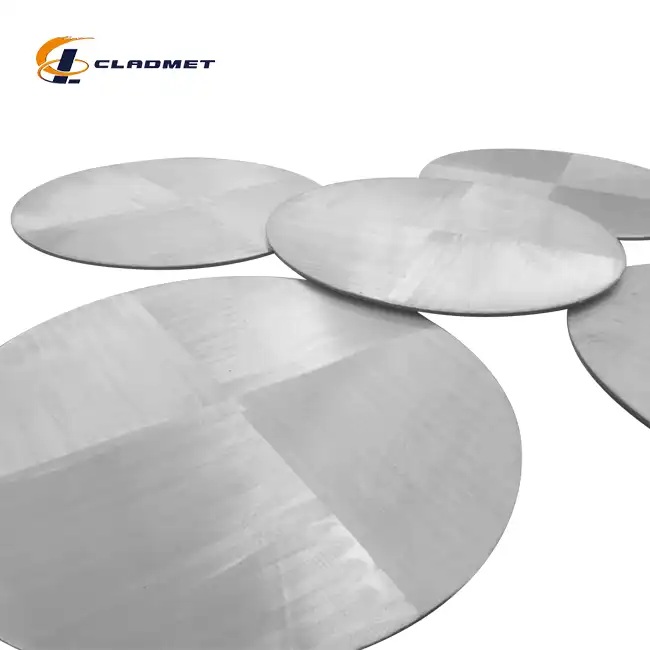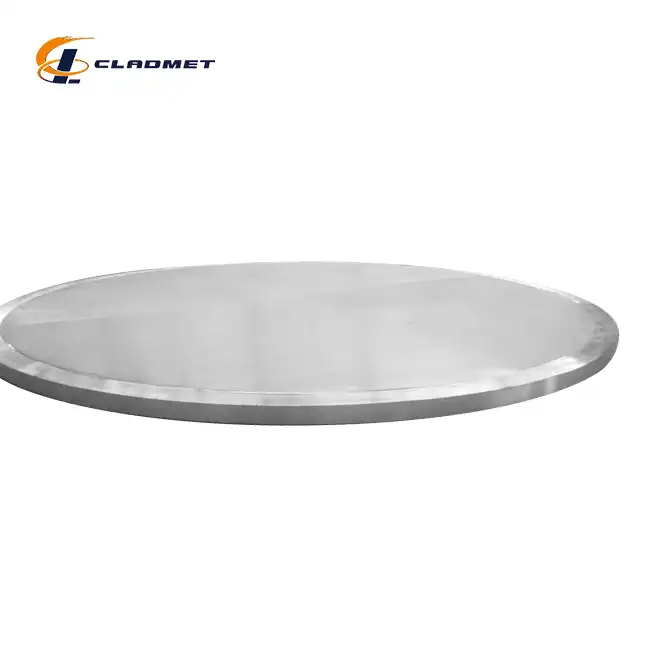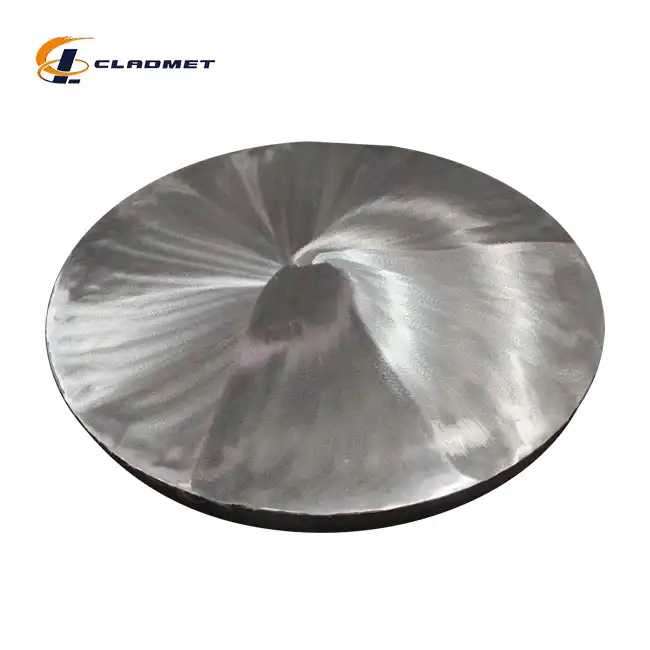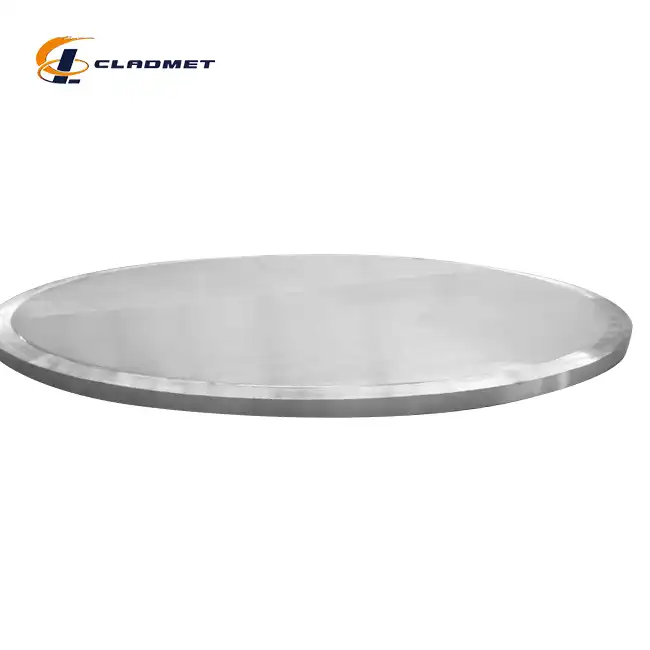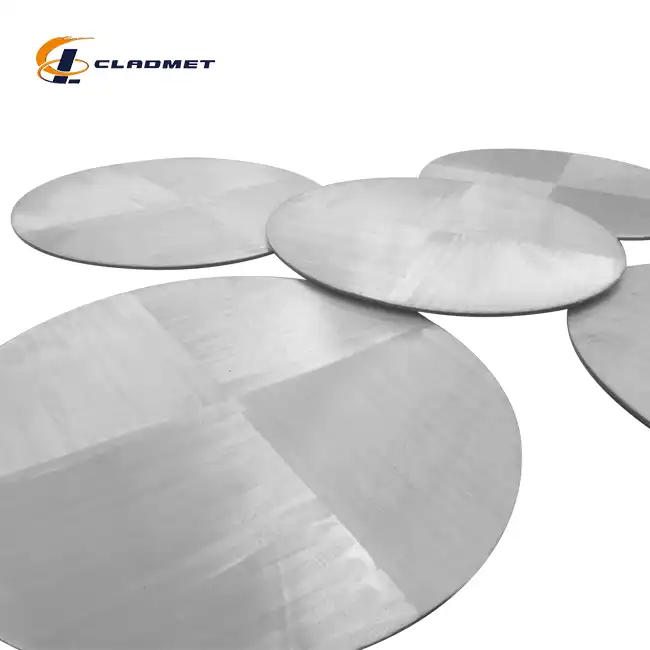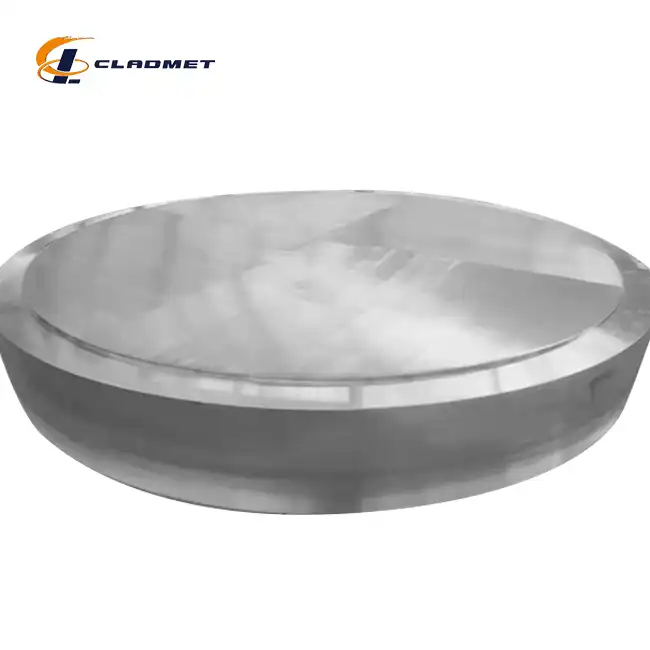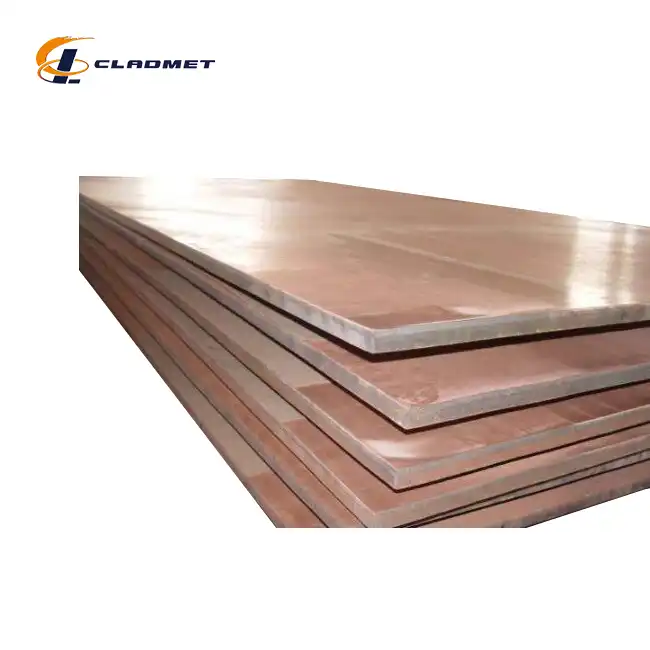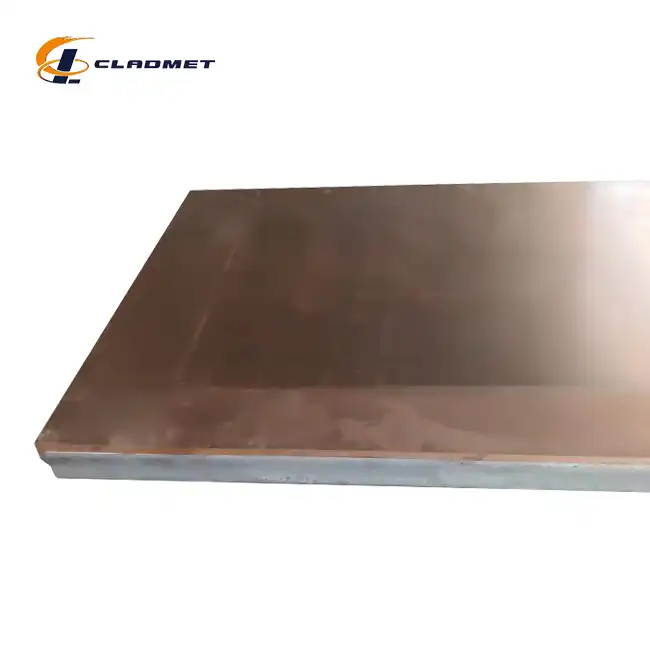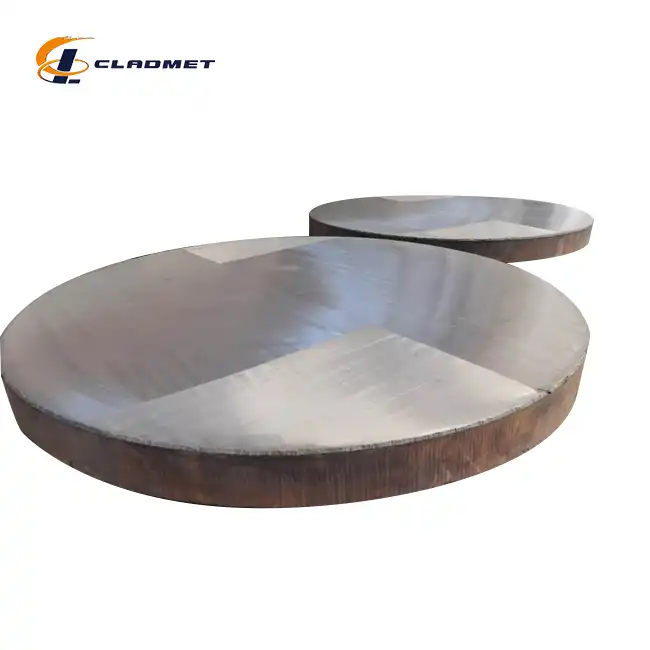Available Sizes:Standard and custom sizes available upon request
Product Applications:Used in electroplating, chemical, and marine industries
Processing Technology:Explosive bonding and hot-rolled processing techniques
Quality Control and Testing: Strict testing ensures adherence to ISO9001-2000, PED, ABS standards
Product Implementation Standards:ASME, ASTM, JIS certified
Delivery:Available via sea, air, and express shipping
Packaging:Secure wooden crates for international transport
Product Introduction
The stainless clad steel plate is a composite material that combines the superior strength and corrosion resistance of stainless steel with the durability and cost-effectiveness of carbon steel or other metals. Through advanced bonding technologies, like explosion bonding or roll bonding, these plates offer enhanced performance in highly demanding industries such as chemical processing, oil and gas, and power generation. The steel plate’s dual-layer structure ensures longevity, reducing maintenance costs while delivering superior performance under harsh conditions.
Product Specifications
| Parameter | Details |
|---|---|
| Cladding Material Range | Stainless Steel (304, 316, 321, 2205, etc.) |
| Base Metal Range | Carbon Steel (Q235, Q345, etc.) |
| Cladding Thickness | 2mm – 20mm |
| Total Thickness | 6mm – 150mm |
| Cladding Size | Customized |
| Surface Treatment | Polished, Brushed, Coated |
| Product Standards | GB/GBT, ASME/ASTM, JIS |
| Application Industries | Chemical, Oil & Gas, Power Generation |
| Packaging Method | Wooden Crates, Pallets |
| Transportation | By sea or air |
| Delivery Cycle | 3-6 months (negotiable) |
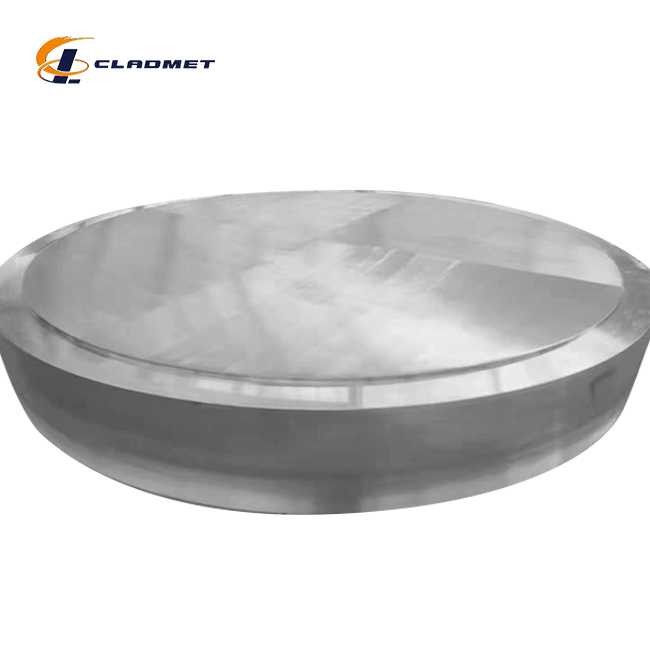 |
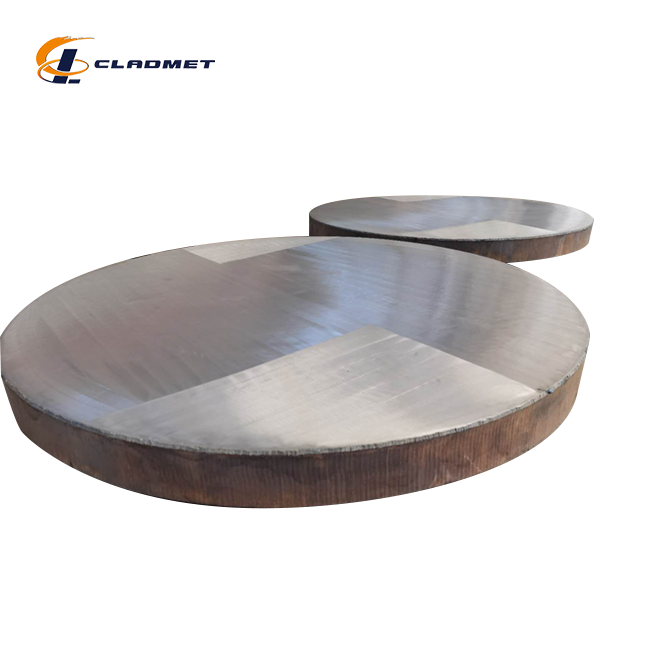 |
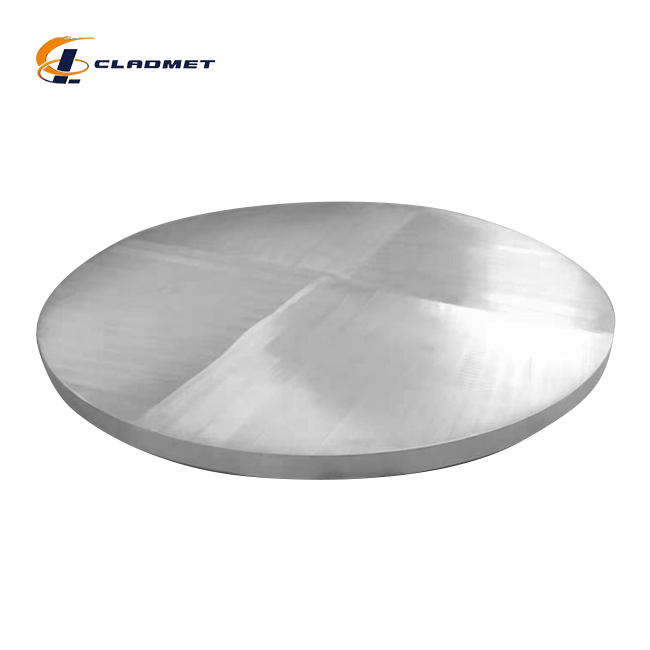 |
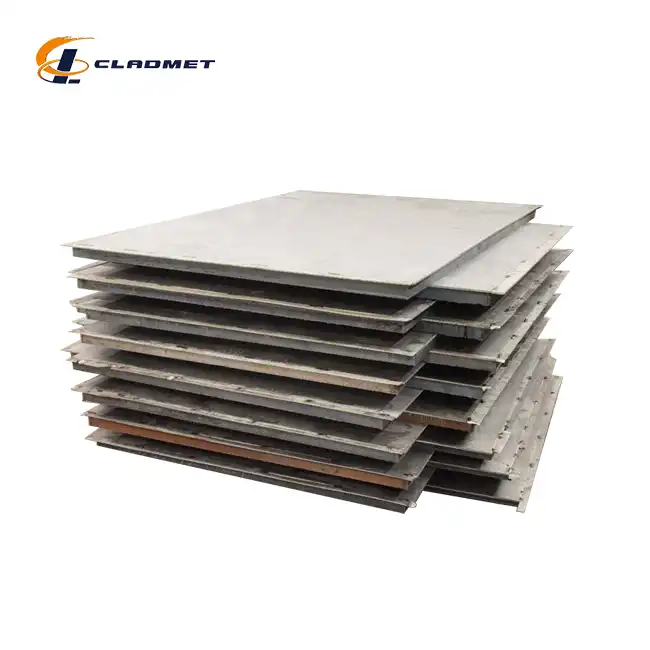 |
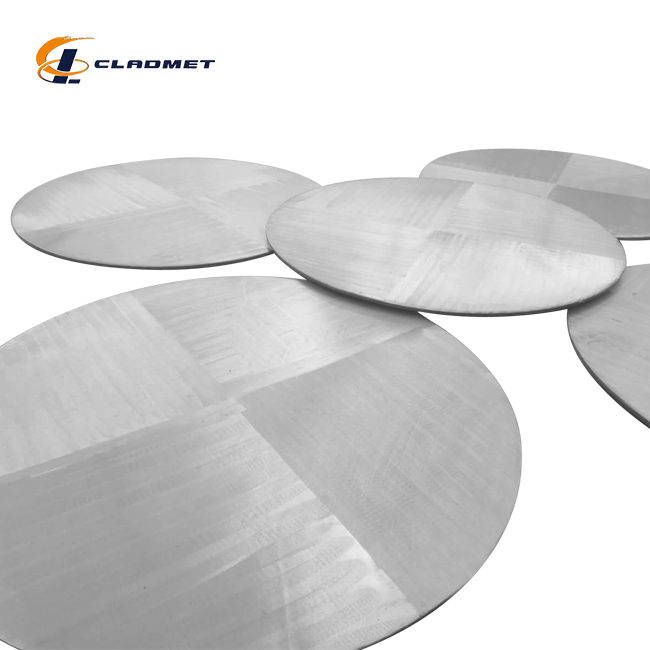 |
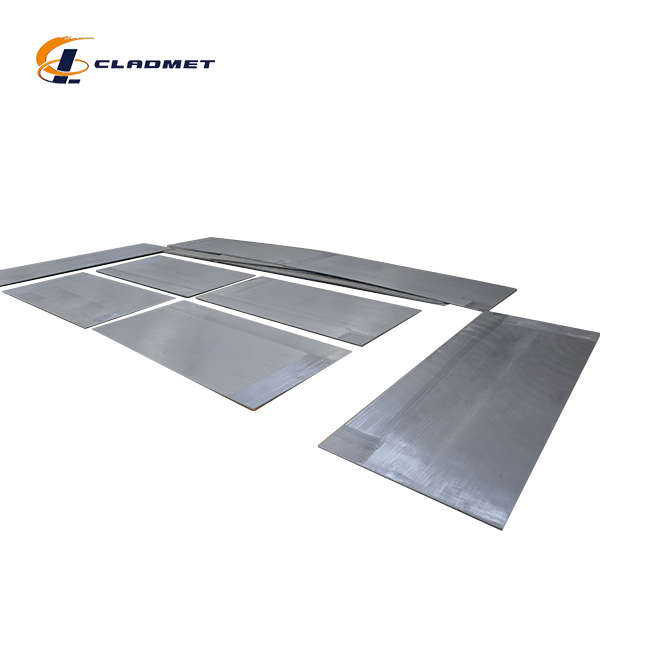 |
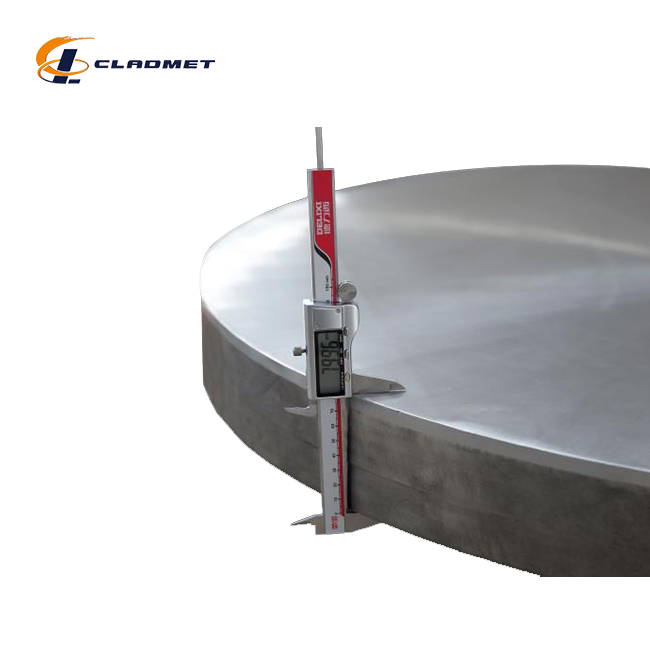 |
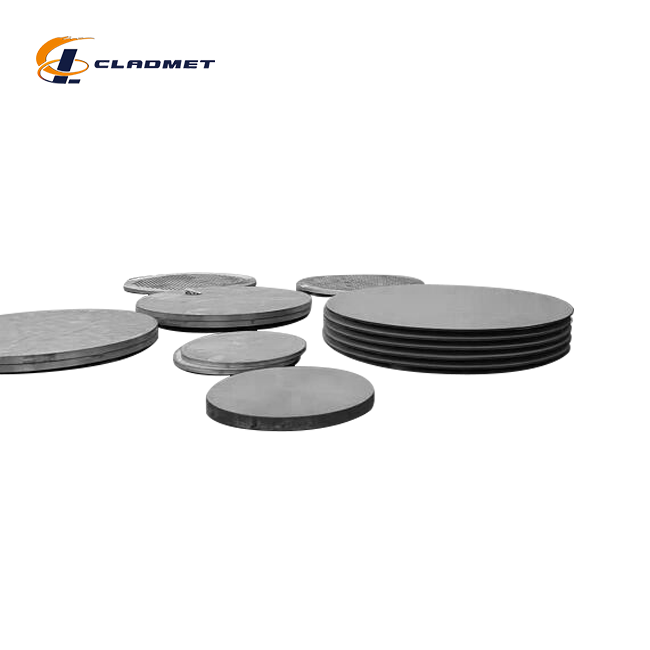 |
Manufacturing Process
Stainless clad steel sheets are formed by bonding a layer of stainless steel to a carbon steel or other base metal, combining the excellent properties of stainless steel with the strength and cost-effectiveness of the base material. The cladding process for stainless steel sheets can be carried out using several advanced techniques, each selected based on the required properties for specific applications.
Explosive Bonding
Explosive bonding is a dynamic process that uses a high-energy detonation to bond stainless steel with a base metal. The force generated by the explosion causes the materials to collide at high velocity, creating a strong, metallurgical bond between the two materials.
Preparation: Prior to detonation, both the base material and stainless steel are carefully cleaned and positioned.
Explosive Placement: Explosives are strategically placed between the materials to ensure a controlled detonation.
High-Speed Impact: The explosion initiates a rapid collision between the materials, creating a permanent bond with excellent mechanical properties.
This technique is ideal for applications that require a very strong, durable bond, such as in the construction of pressure vessels, heat exchangers, and other equipment exposed to extreme conditions.
Roll Bonding
Roll bonding is a cold-welding technique where the materials are passed through rollers under high pressure. The intense force applied by the rollers results in the bonding of the stainless steel layer to the base material without the need for heat.
Surface Treatment: The base metal and stainless steel are cleaned to ensure a clean and secure bond.
Roller Compression: The materials are fed through rollers, which compress them to create a strong bond. Multiple passes may be needed to achieve the desired result.
End Product: The finished stainless clad steel sheet retains the characteristics of both materials: the base metal provides structural strength, while the stainless steel layer offers corrosion resistance and durability.
This method is frequently used for producing stainless clad sheets for a variety of industries, including chemical processing, marine applications, and construction, where both strength and corrosion resistance are needed.
Hot Isostatic Pressing (HIP)
Hot Isostatic Pressing (HIP) involves placing the base material and stainless steel layer inside a sealed container and subjecting them to high temperatures and pressures. The heat causes the atoms of both materials to diffuse, resulting in a uniform bond at the atomic level.
Encapsulation and Sealing: The materials are carefully sealed in a chamber to maintain a controlled environment.
High-Pressure and High-Temperature Application: The sealed chamber is subjected to intense pressure and heat, which causes the two materials to bond molecularly.
Superior Bonding: This process produces a bond with exceptional integrity and strength, ideal for high-performance applications.
HIP is commonly used when the application requires an extremely strong bond with high thermal and mechanical integrity, such as in aerospace, power generation, and other high-stress industries.
Features and Advantages
Superior Corrosion Resistance
The stainless steel layer provides excellent resistance to corrosion, making stainless clad steel sheets particularly suitable for use in environments where exposure to moisture, chemicals, and harsh weather conditions is common. This resistance is especially advantageous in industries such as marine engineering, chemical processing, and food production.
Enhanced Mechanical Properties
The combination of a durable base metal with a corrosion-resistant stainless steel layer offers a material with superior mechanical properties. Stainless clad steel sheets provide high tensile strength and excellent durability, which are essential for equipment that needs to withstand extreme stresses, impacts, or wear.
Cost Efficiency
Stainless clad sheets offer a cost-effective alternative to solid stainless steel while still providing the benefits of stainless steel in key areas such as corrosion resistance. This makes them an ideal choice for applications that require durability and performance without the high costs associated with using solid stainless steel.
Tailored Customization
Stainless clad steel sheets can be customized in various thicknesses, sizes, and finishes to meet the specific needs of different industries. This flexibility allows the material to be used in a wide range of applications, including those that require precise specifications.
Increased Longevity
The durability of stainless steel helps extend the lifespan of the base metal, reducing the need for frequent repairs and replacements. This contributes to lower overall maintenance costs, making stainless clad sheets a valuable long-term investment.
Improved Thermal and Mechanical Performance
The materials used in stainless clad steel sheets are designed to handle a wide range of temperatures and mechanical stresses. The stainless steel layer offers resistance to heat, oxidation, and corrosion, while the base material provides strength and structural integrity.
Explosive Composite Panel Production Site
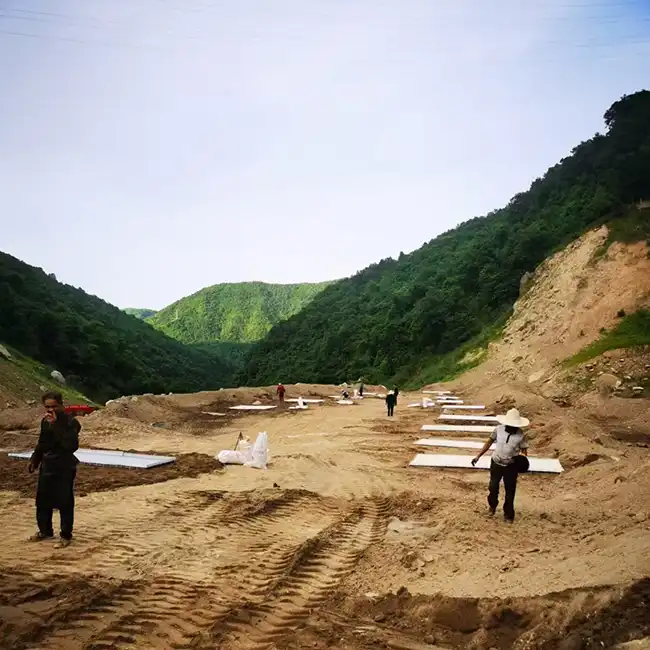

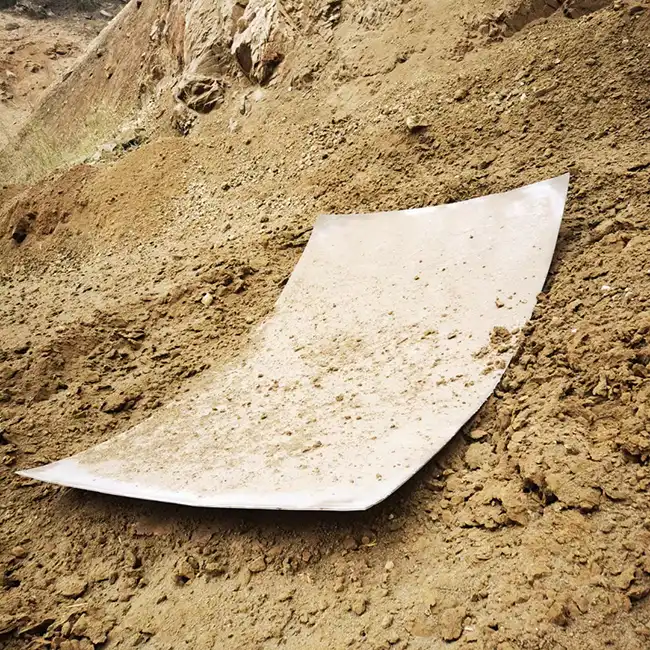
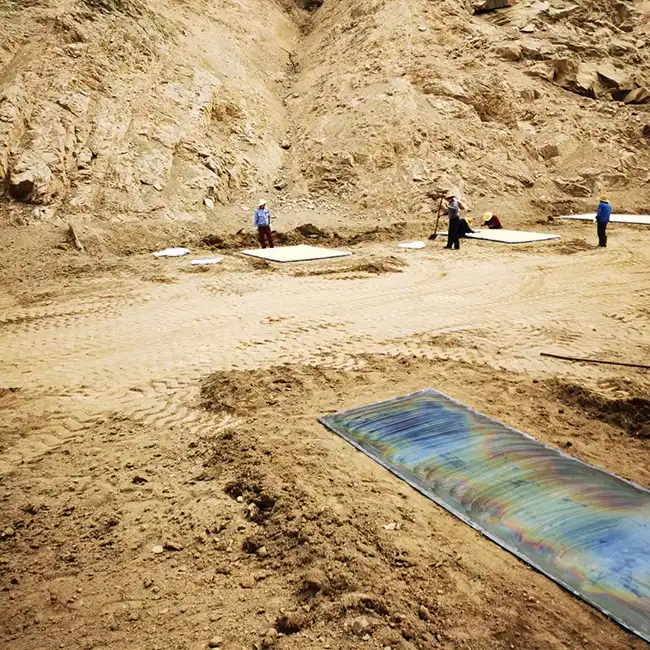
Explosion Welding Process
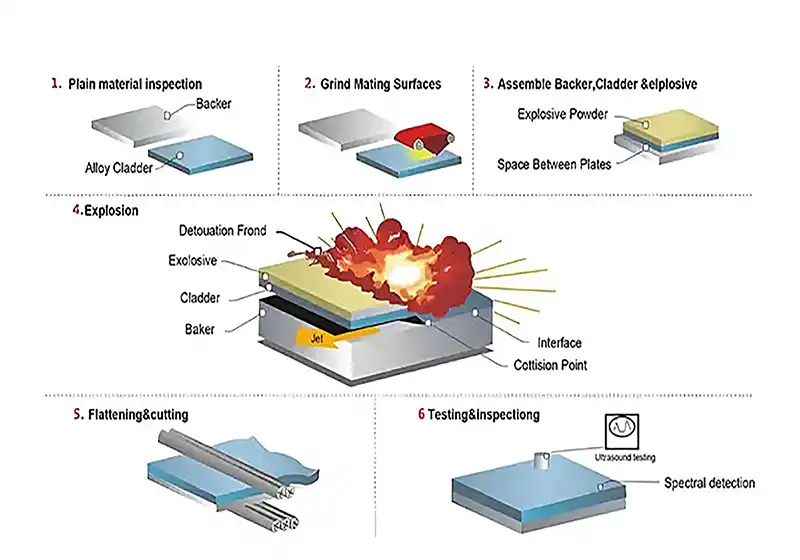 |
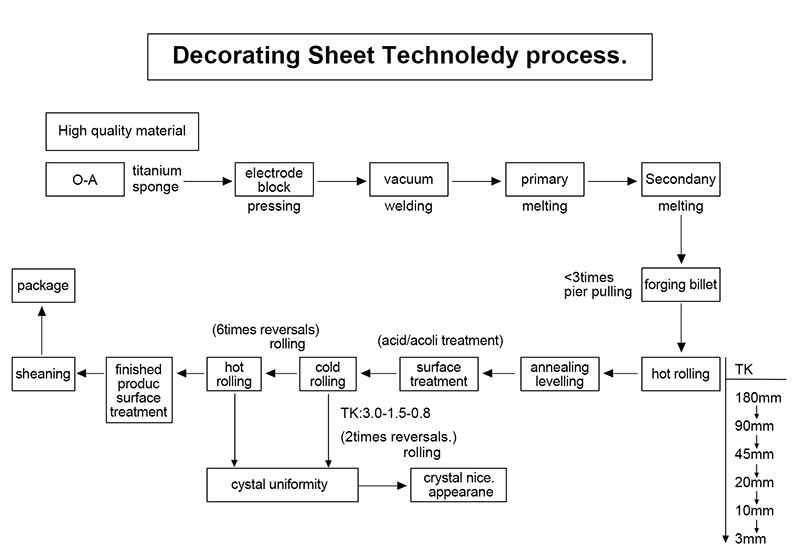 |
Our Factory
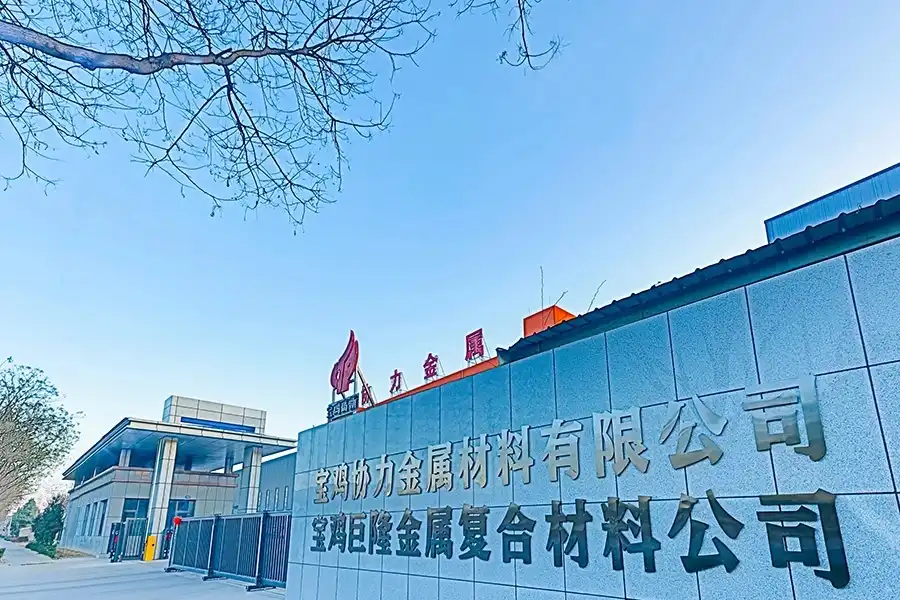
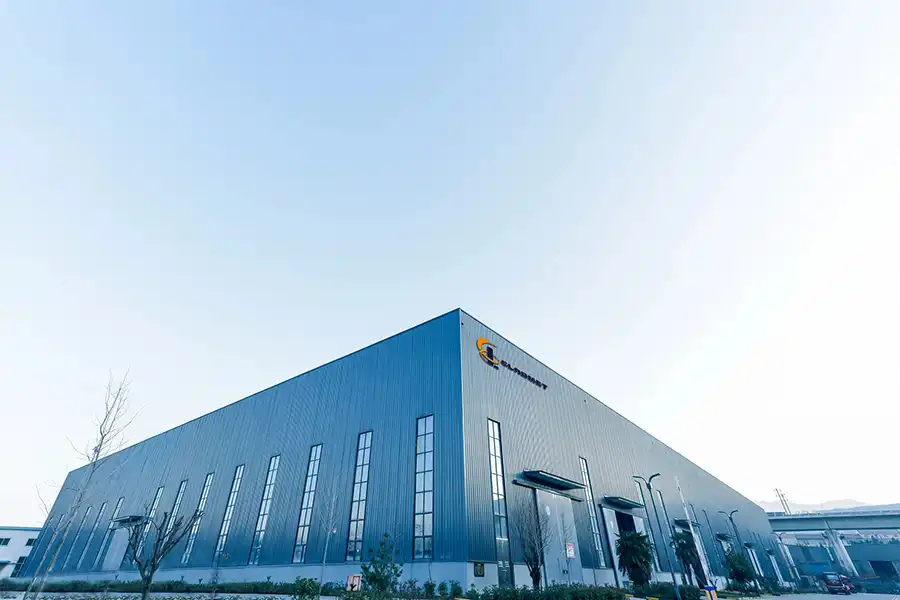
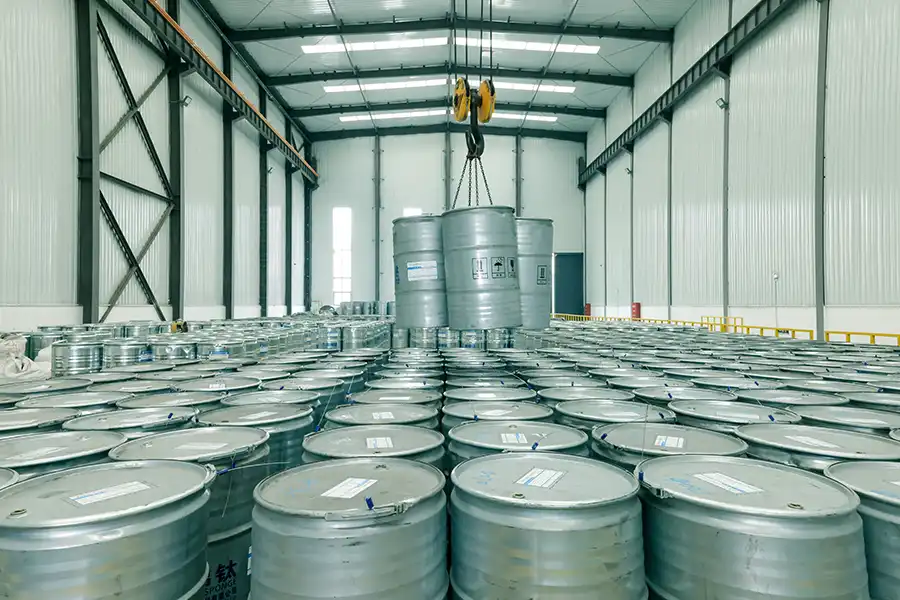
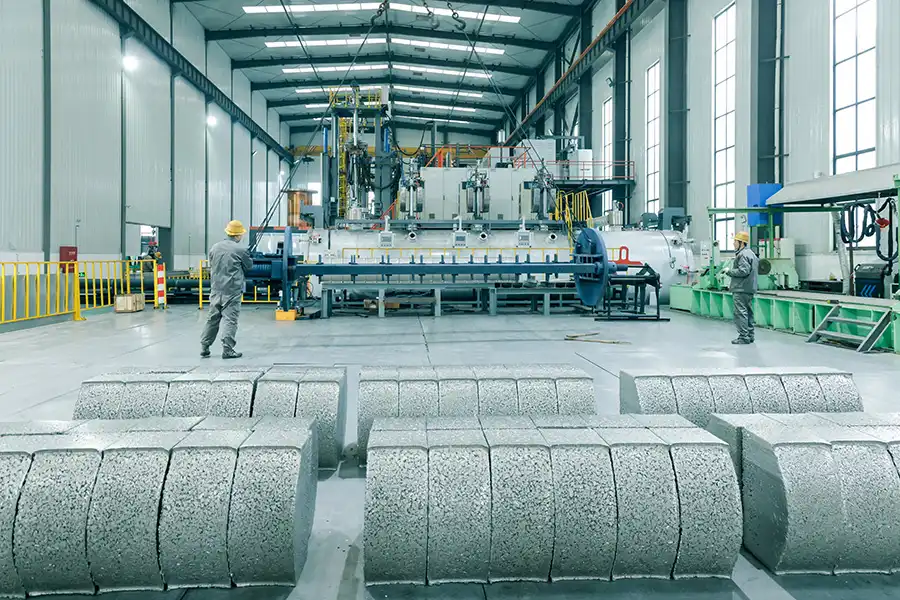
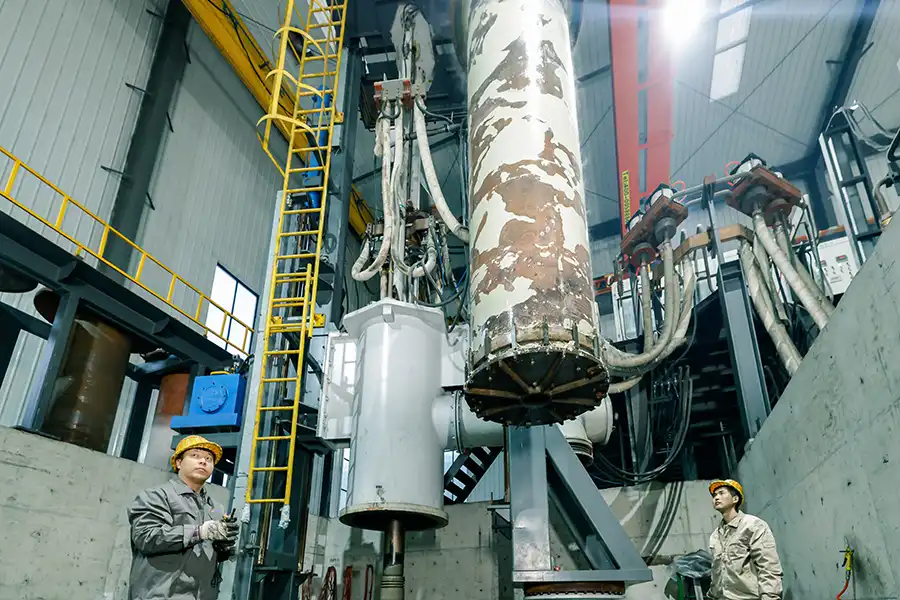
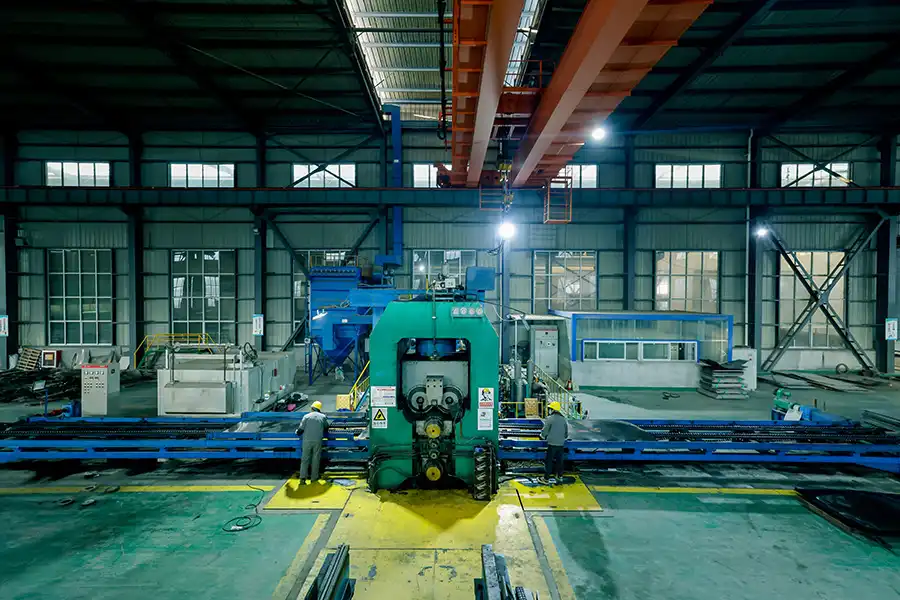
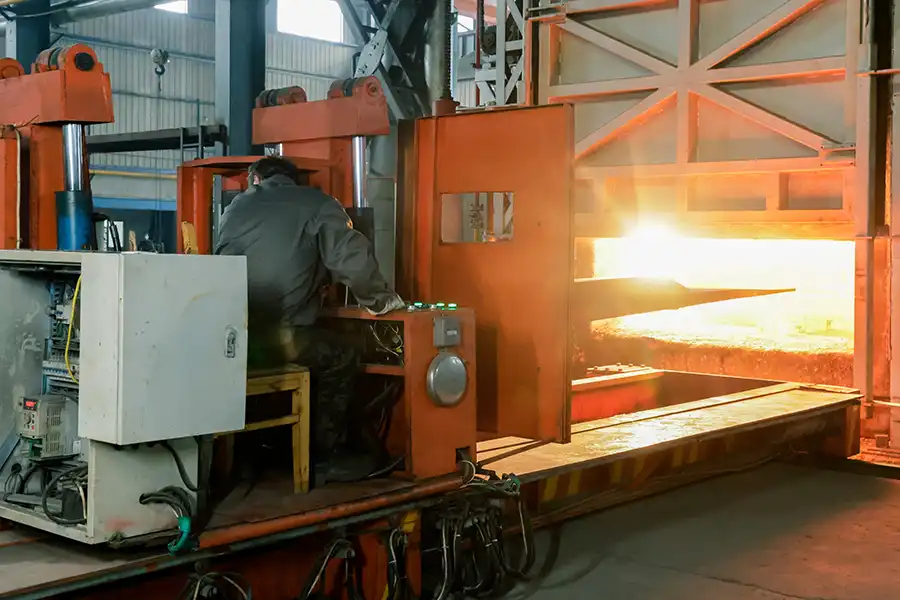
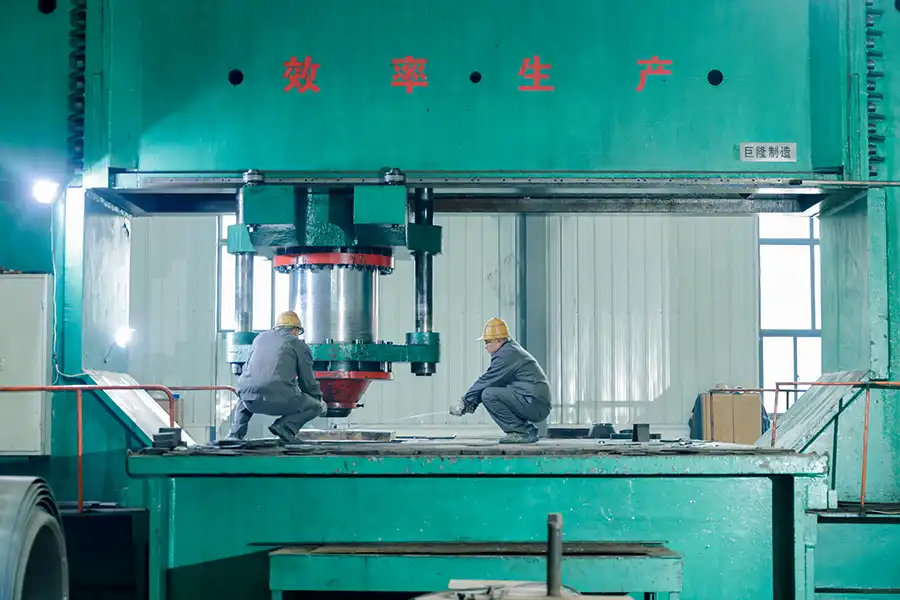
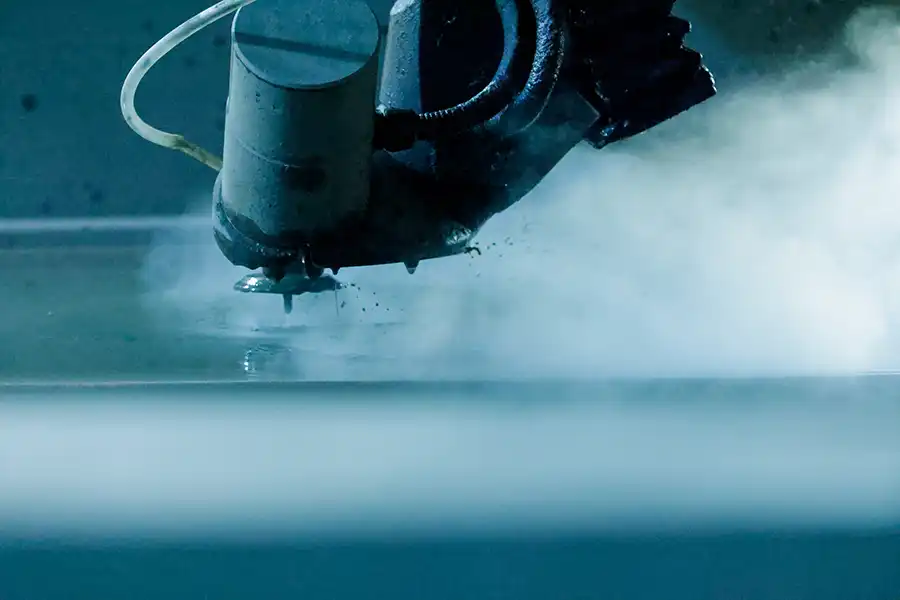
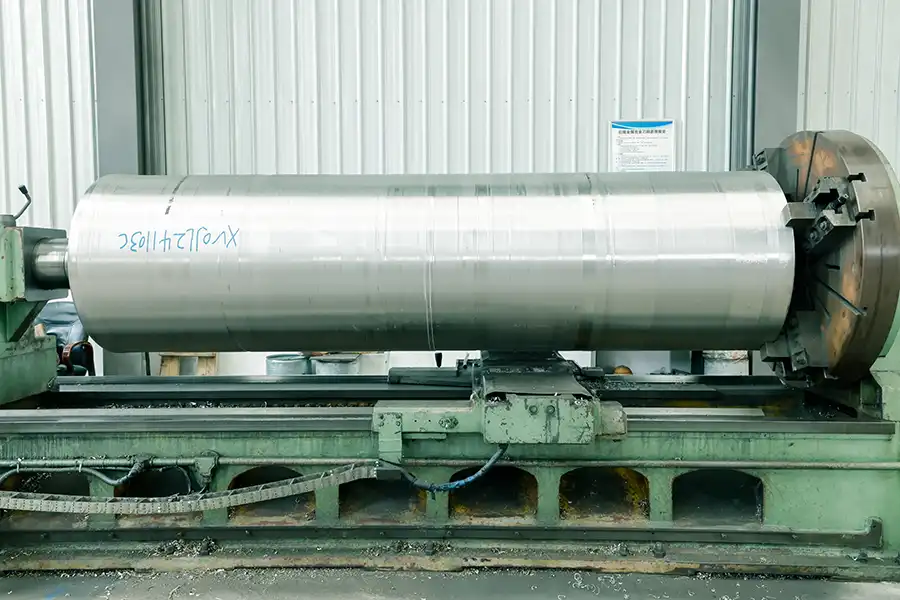
Production Site
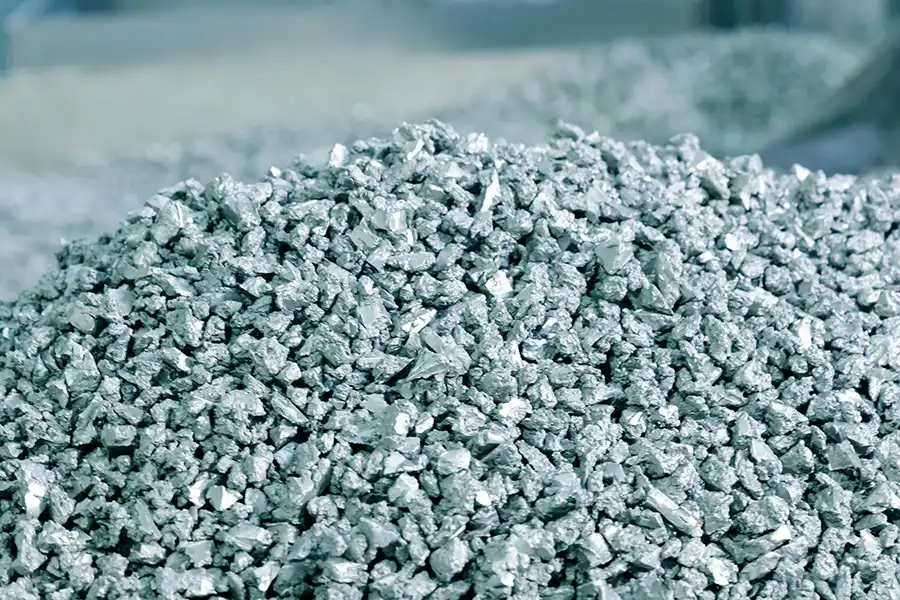
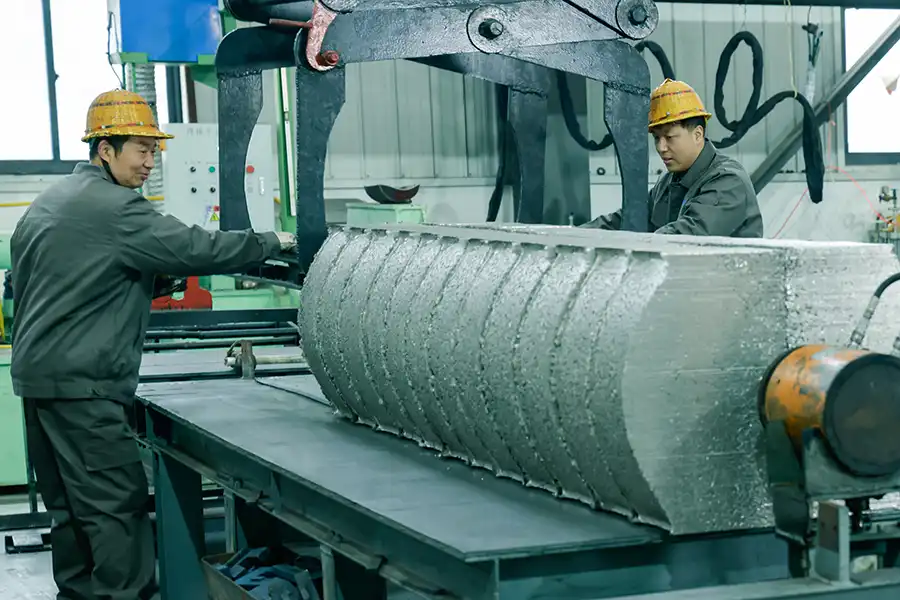
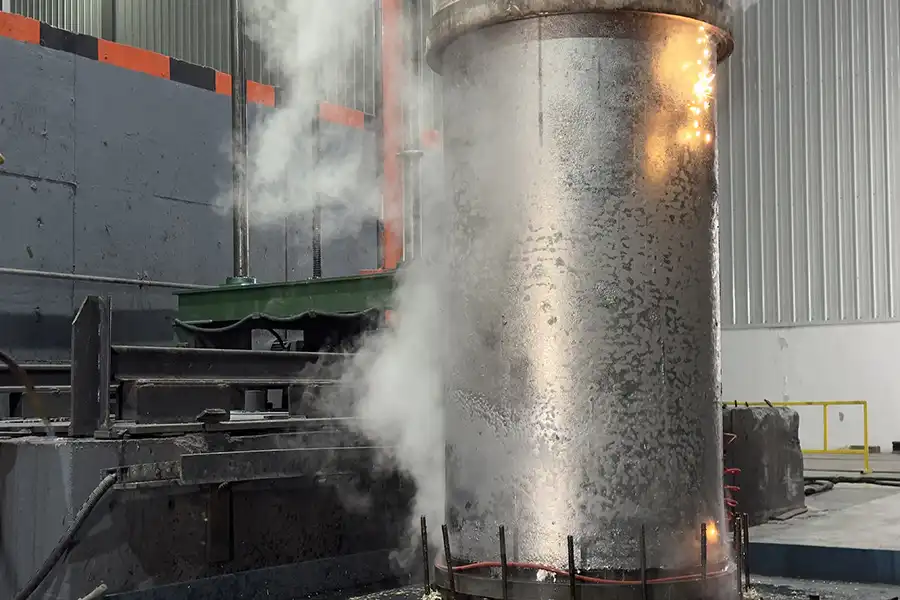
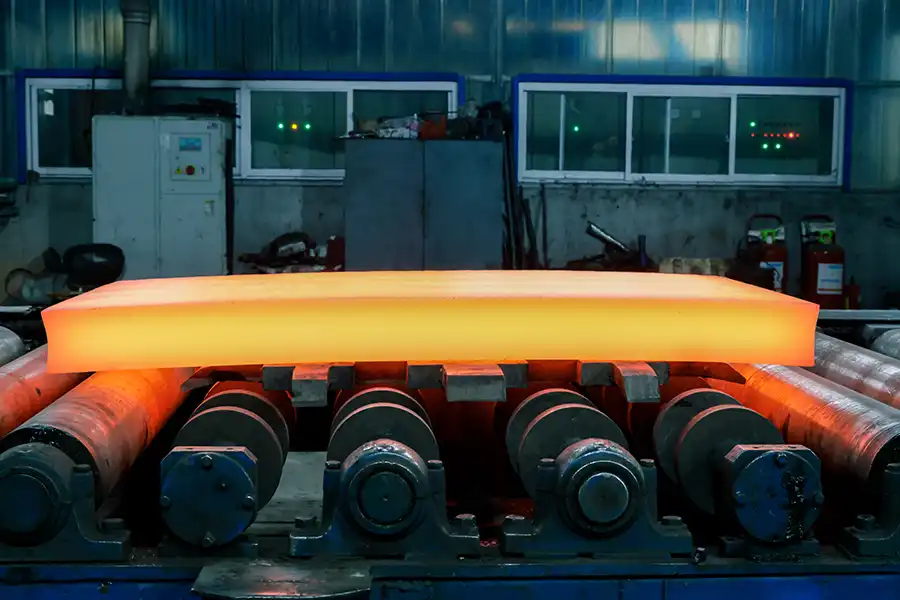 Hot Rolling
Hot Rolling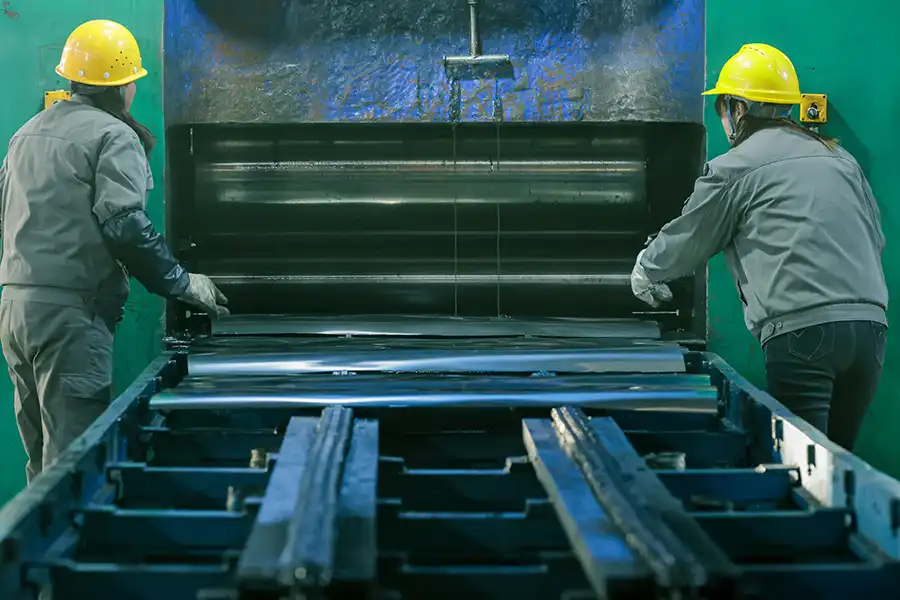
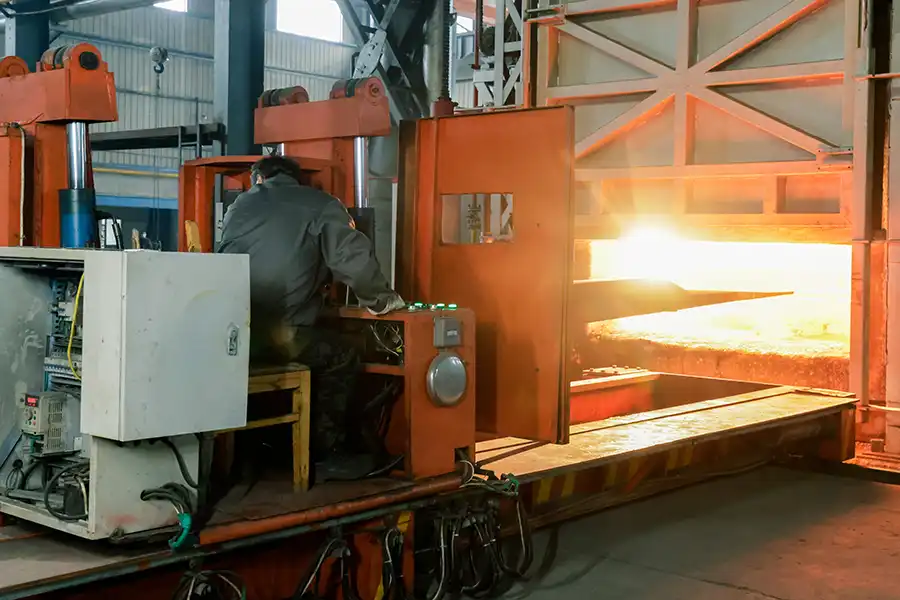
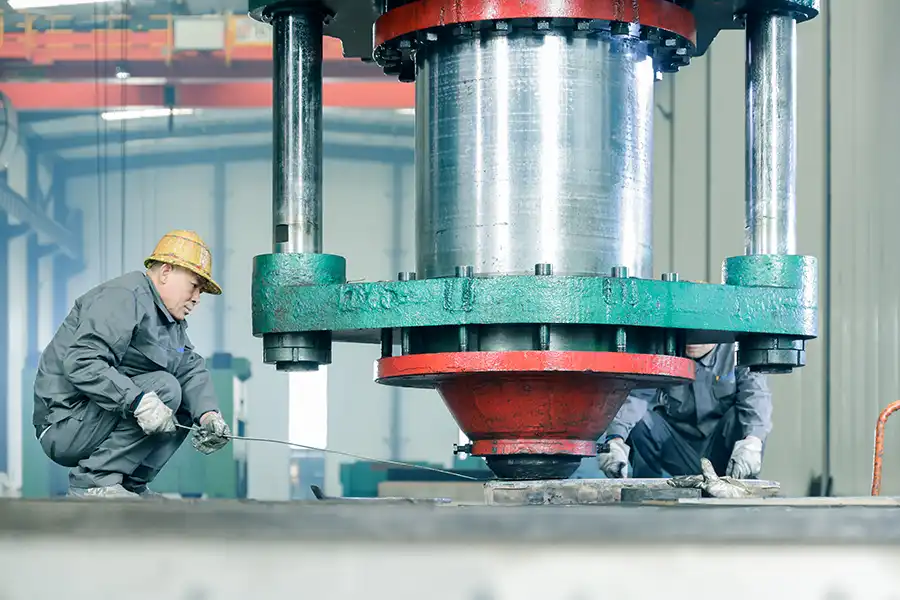
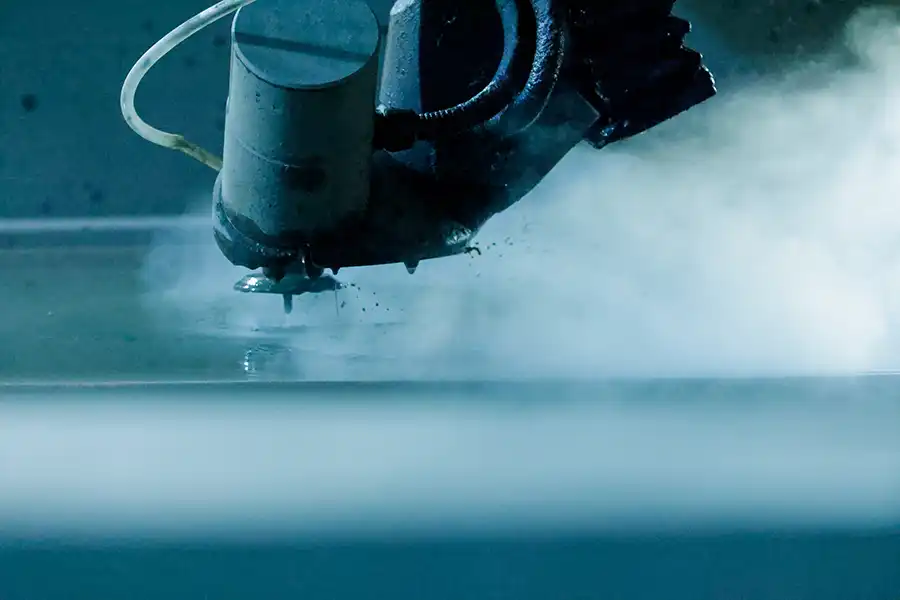
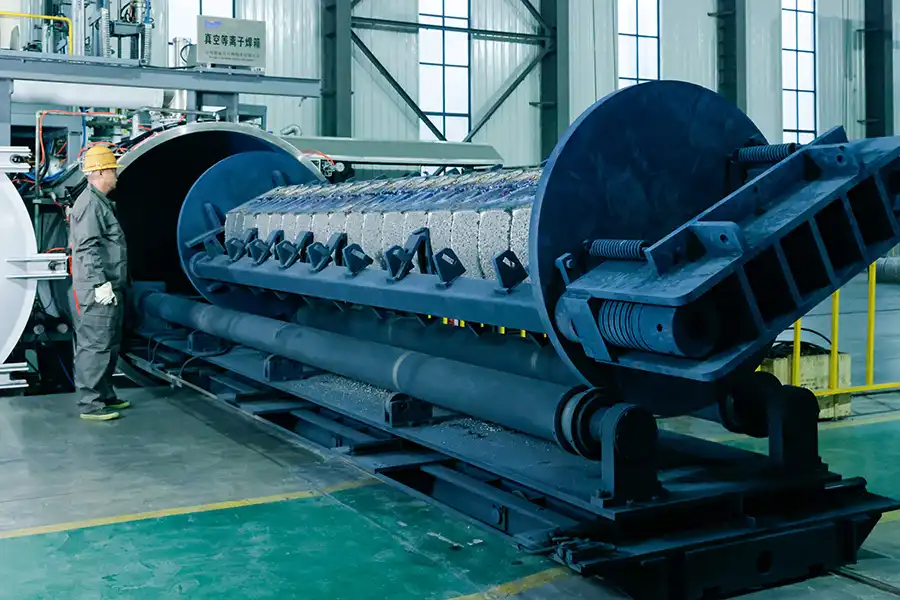
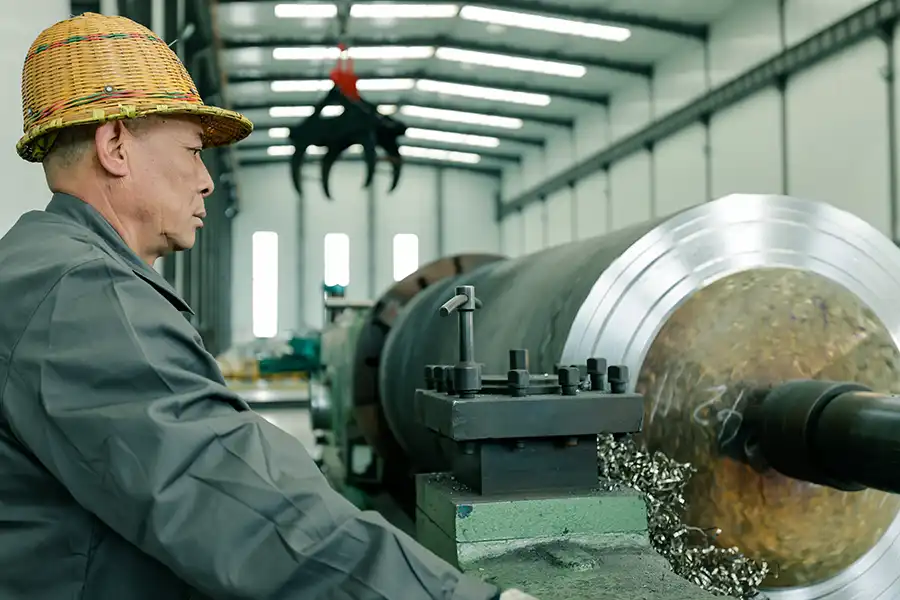
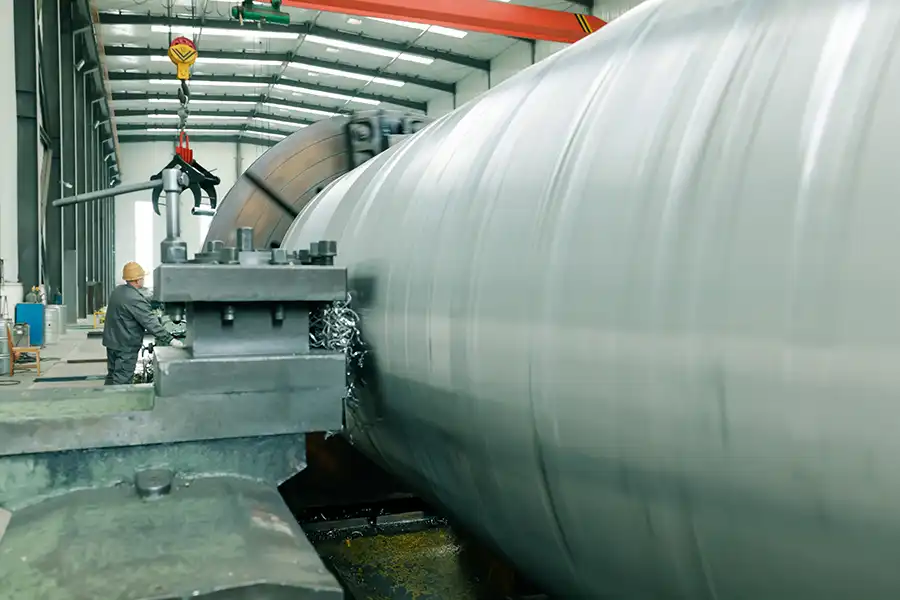
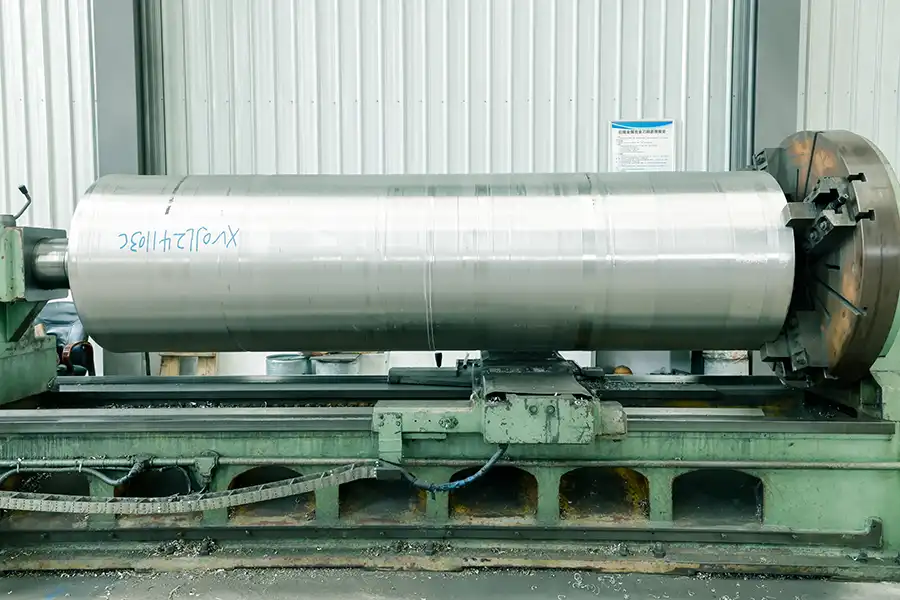
Main Products
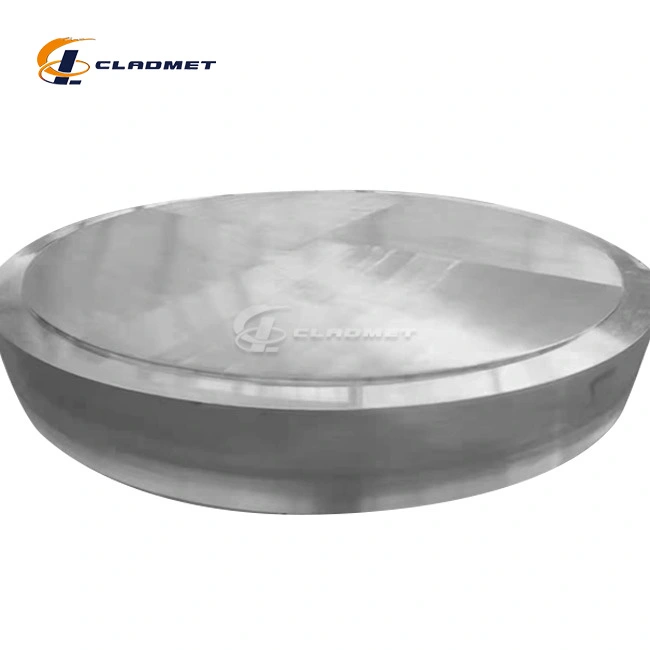
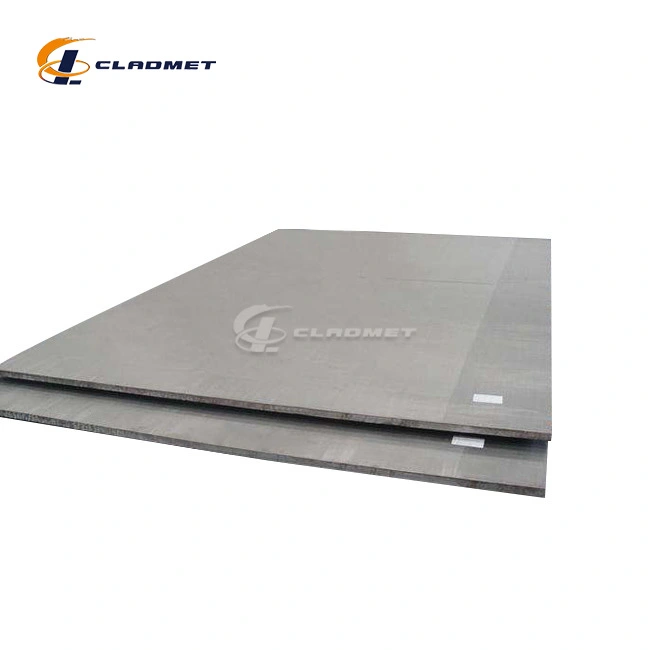
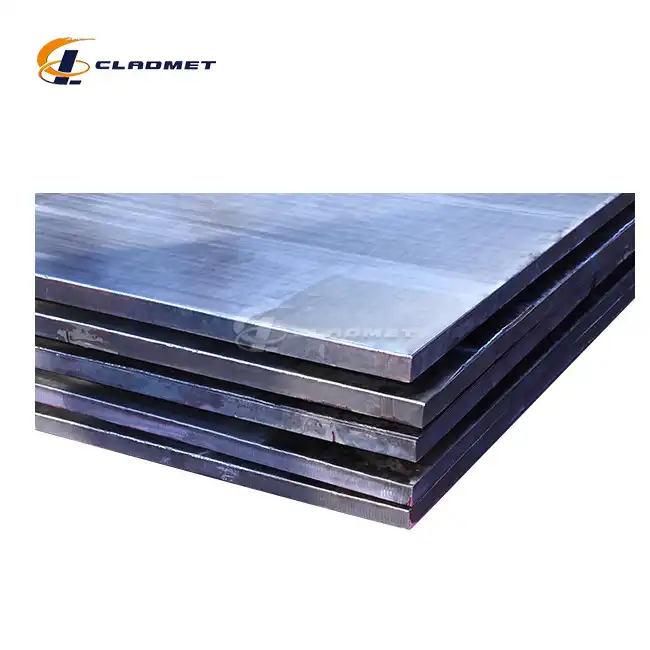
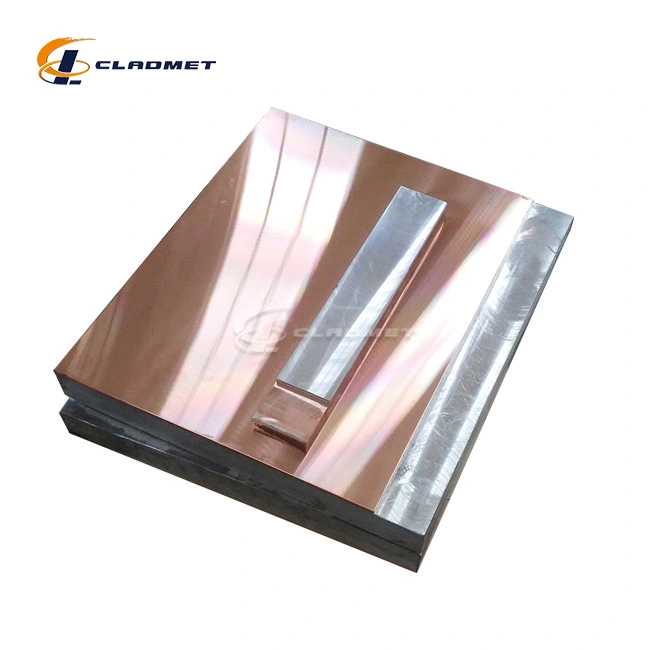
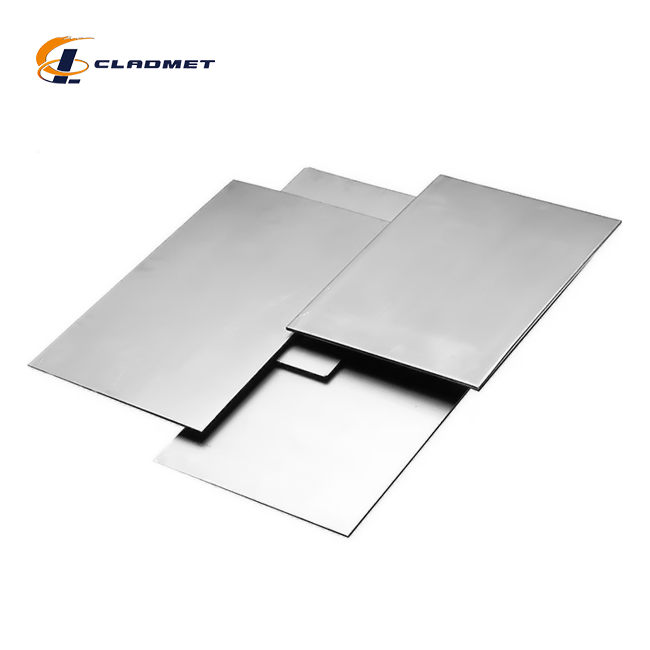
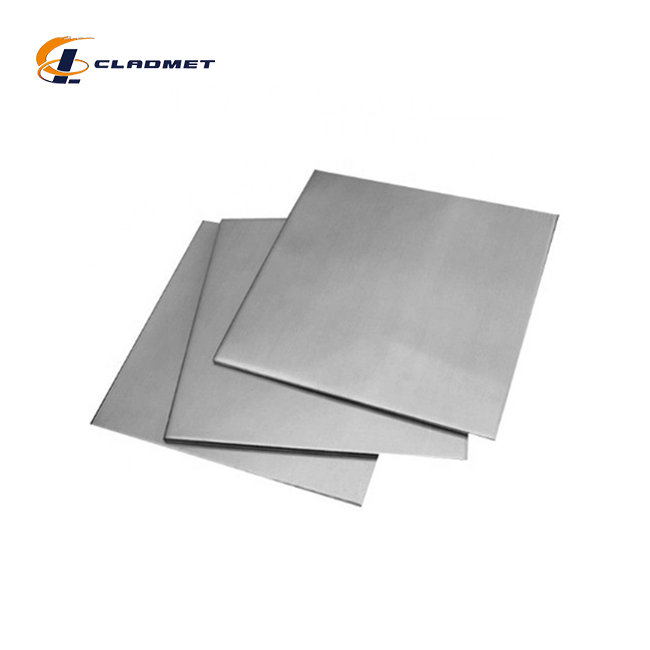
Main Application Industries
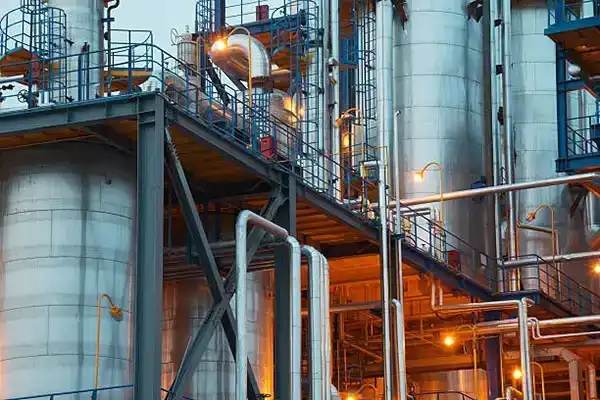
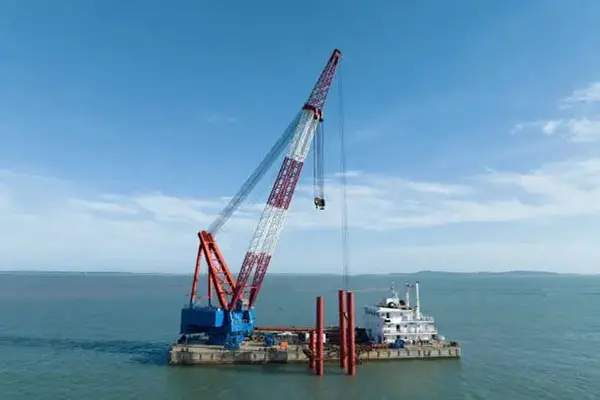


OEM Service
Baoji JL Clad Metals Materials Co., Ltd. offers comprehensive OEM services to tailor the plates to your exact specifications. We work closely with customers to ensure that the material, size, and performance characteristics meet the unique requirements of each project.
FAQs
1. What is the delivery time for stainless clad steel plates?
The typical delivery cycle is between 3 to 6 months, depending on the order specifications and quantity.
2. Can I customize the thickness of the cladding layer?
Yes, we offer customizable cladding thicknesses ranging from 2mm to 20mm.
3. What surface treatments are available?
We provide a variety of surface treatments including polished, brushed, and coated finishes.
4. How do you ensure the quality of your products?
Our products comply with national and international standards such as GB/GBT, ASME/ASTM, and JIS. We are also ISO9001-2000 certified and have passed PED and ABS international qualifications.
Contact Us
Phone: +86-917-3372918
WhatsApp: +8613530170059
Email: sales@cladmet.com
Address: FENGHUANG 4 ROAD, HIGH-TECH DISTRICT, BAOJI CITY, SHAANXI, CHINA 721013

_1737007724117.webp)

